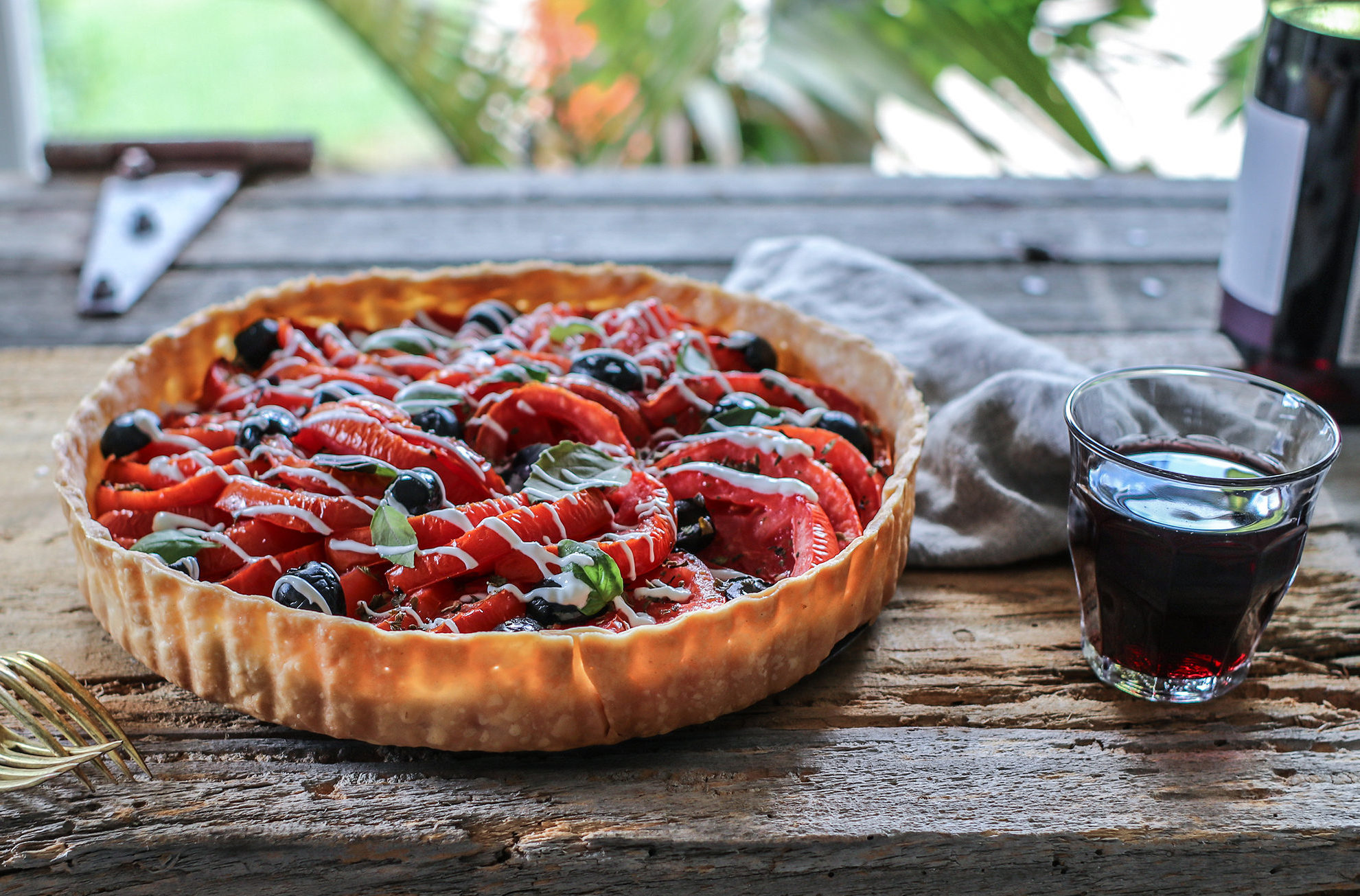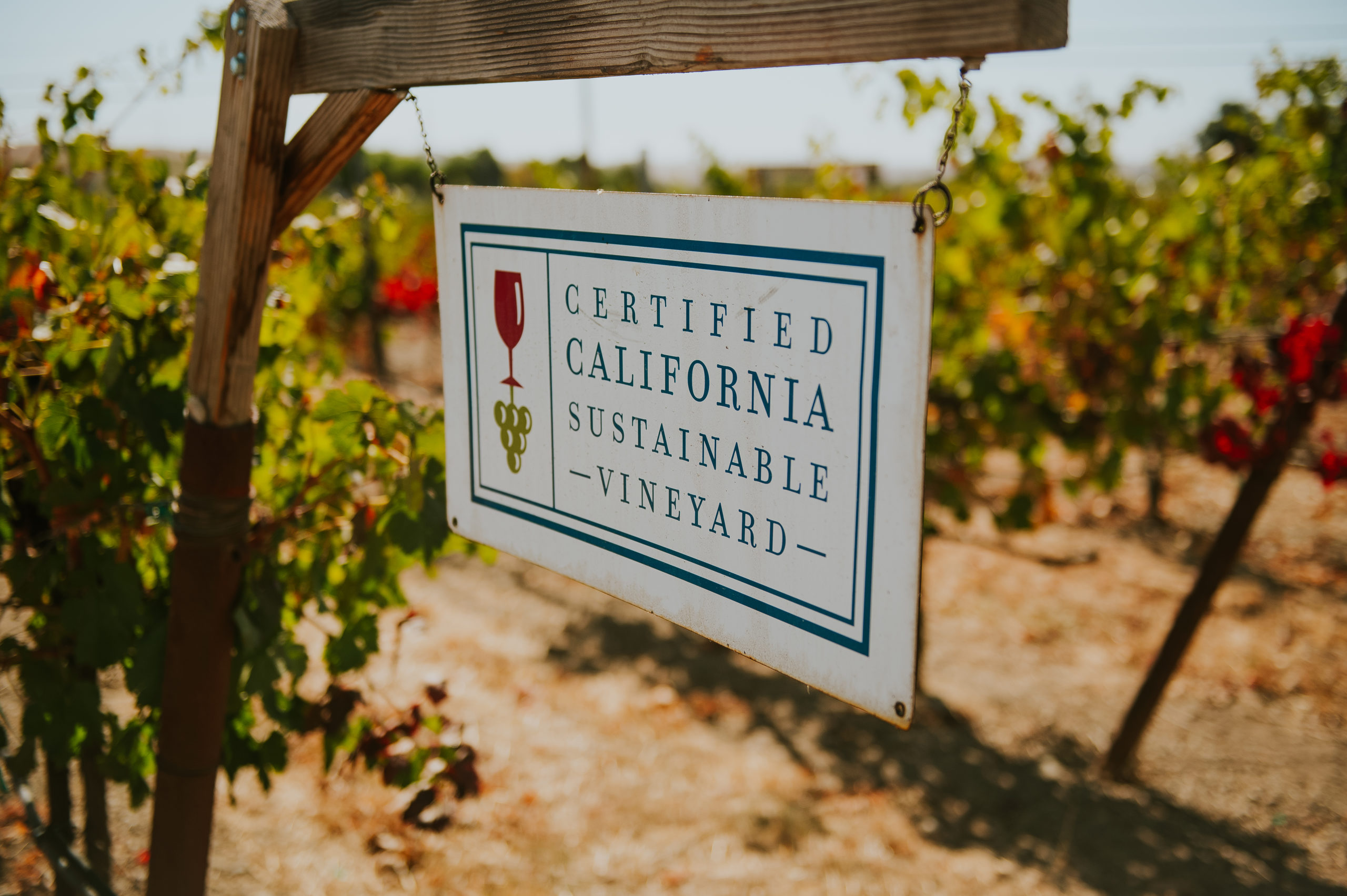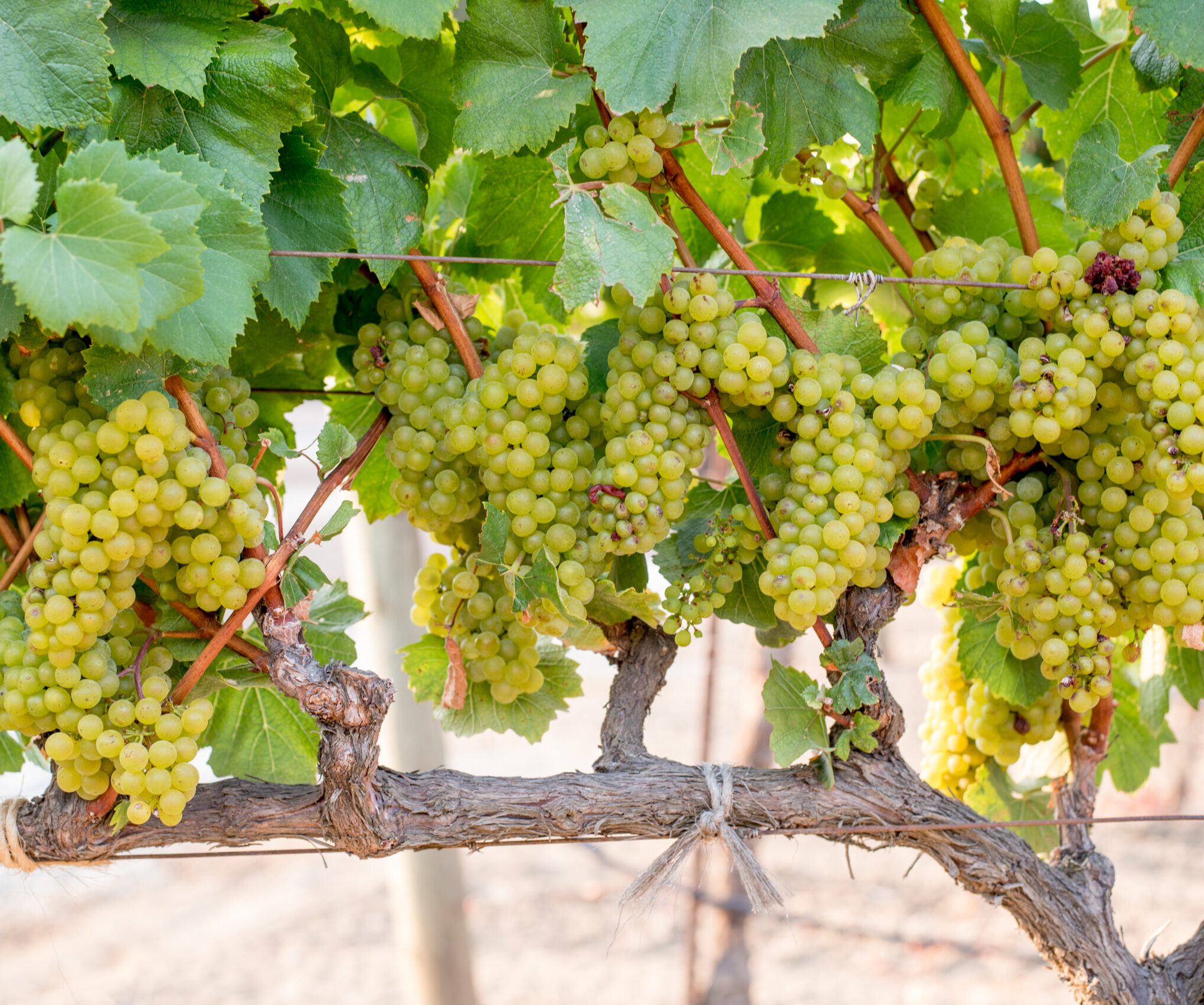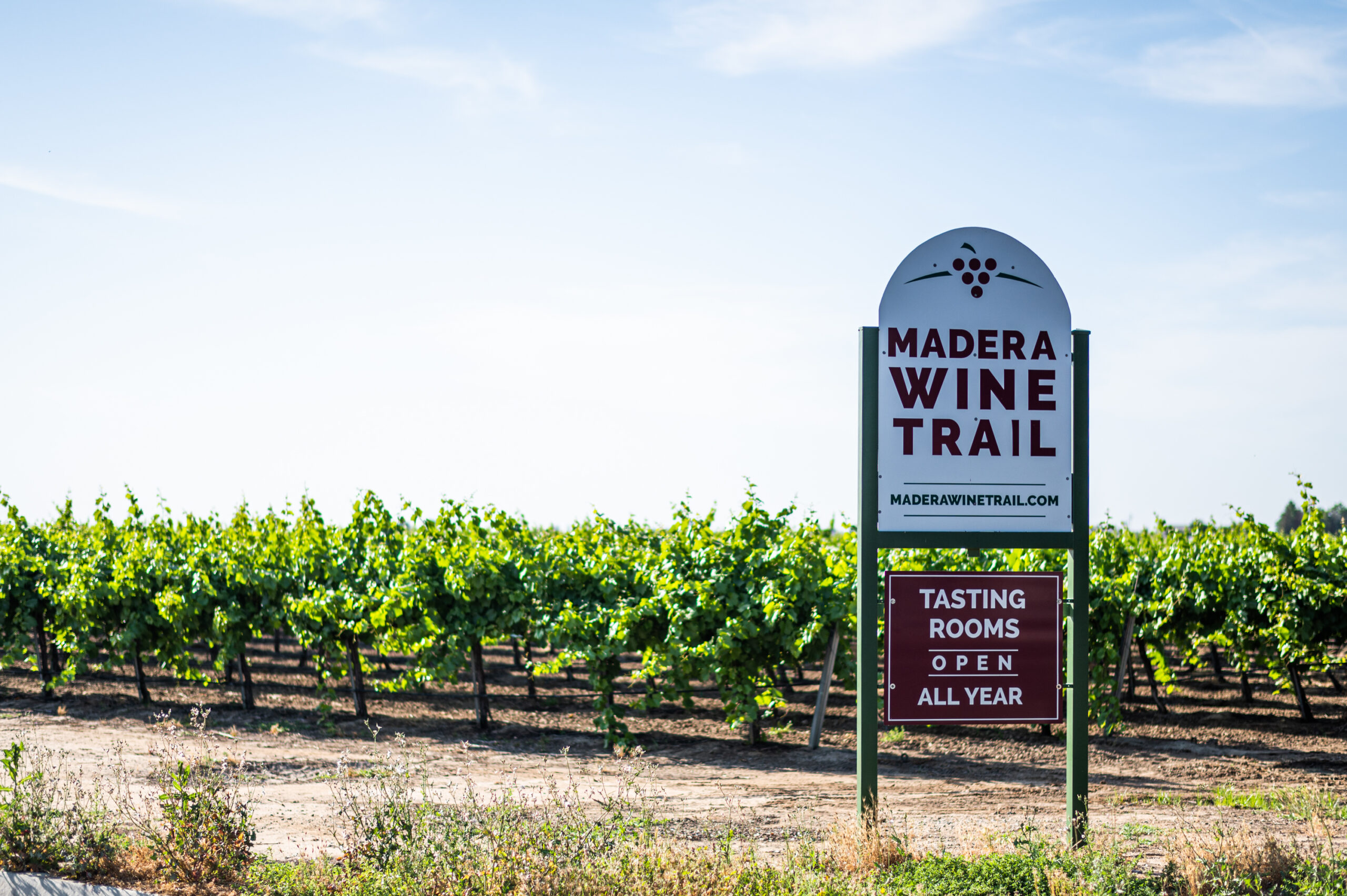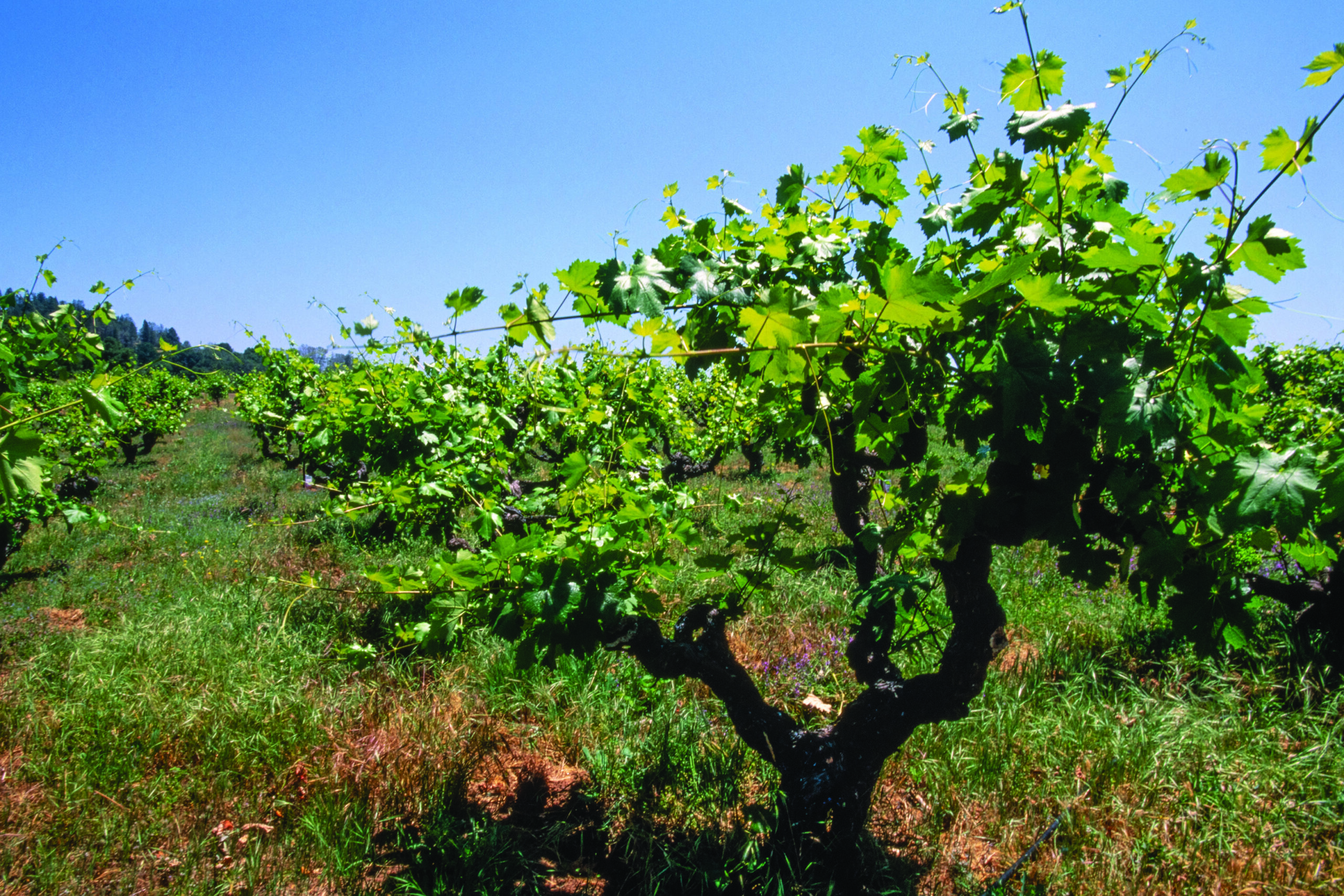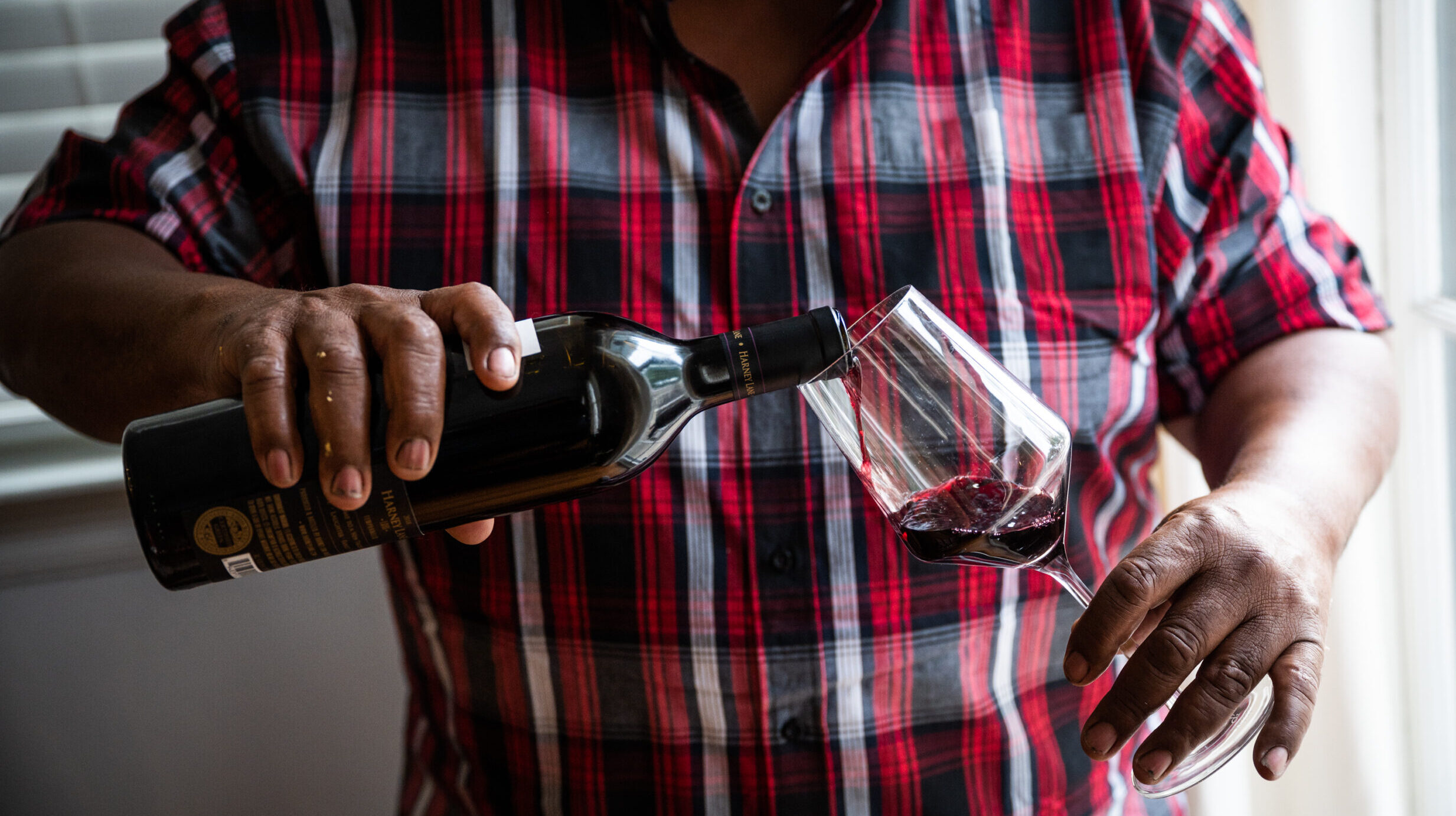Any time you can pair ripe summer tomatoes with fresh goat cheese, you’re headed for pleasure, but this tomato tart is over the top. If you don’t have a garden, visit a farmers’ market for locally grown tomatoes; cherry tomatoes work fine in this recipe, and if you use a mix of red and gold types—well, hello gorgeous.
In some parts of the nation, people are pulling out their sweaters, but September tends to be the warmest month in California wine country. Winemakers are in the thick of it, working almost round-the-clock to get grapes harvested at the ideal moment, then crushed and fermented. Typically, it’s the busiest time of year for wine country when the vineyards are bustling and the air smells like fresh wine, as wineries crush the grapes.
This year is different, of course. In-person visits are down but lively online experiences are spiking. September is California Wine Month, with dozens of virtual events to entertain and educate you wherever you are. Vineyard tours, tastings, talks, discounts. It’s all there for you, all month long, so you can enjoy a different wine experience every day.
